If one is contemplating the transition to a dairy-free diet but is uncertain how to proceed, this article serves as an informative guide on the subject. It offers insights into the essential aspects of a dairy-free diet, encompassing information on foods to exclude, the associated benefits and risks, as well as practical recommendations for adhering to this dietary regimen.

By diving into the diverse array of dairy-free substitutes on the market, readers can garner an understanding of how this dietary choice has the potential to enhance their overall health and quality of life. This exploration of dairy-free living aims to provide valuable knowledge and guidance on embracing this lifestyle.
Table of Contents
What Is a Dairy-Free Diet?
A dairy-free diet is a dietary regimen that excludes all dairy products such as milk, cheese, butter, and yogurt.
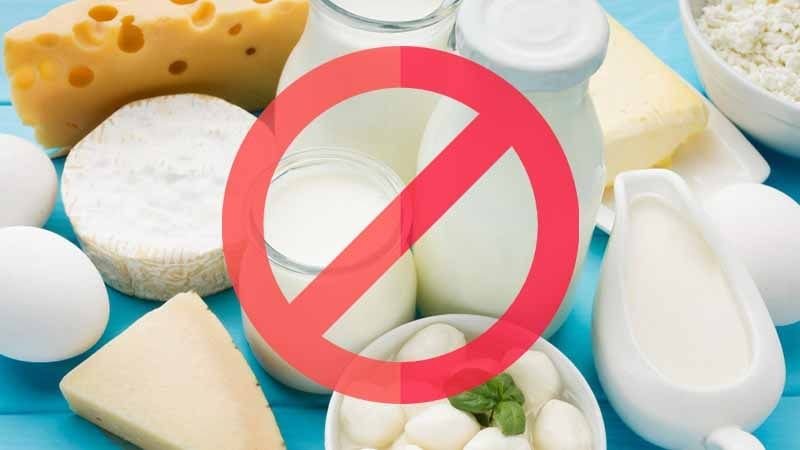
This dietary approach is adopted to address diverse nutritional requirements, health benefits, and dietary needs.
What Foods Should Be Avoided on a Dairy-Free Diet?
When adhering to a dairy-free dietary regimen,
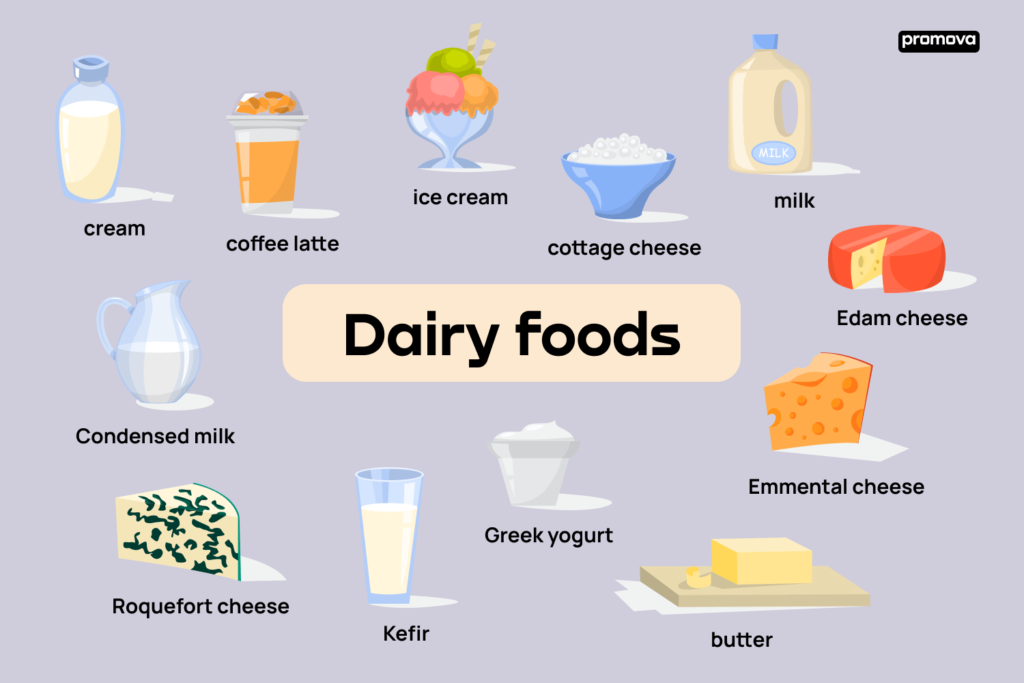
it is imperative to abstain from consuming any food items that include dairy products, especially for individuals with lactose intolerance or other dietary restrictions.
1. Milk and Milk Products
Dairy and dairy products represent fundamental sources of dairy and should be strictly omitted from a diet that excludes dairy, particularly for individuals with lactose intolerance.
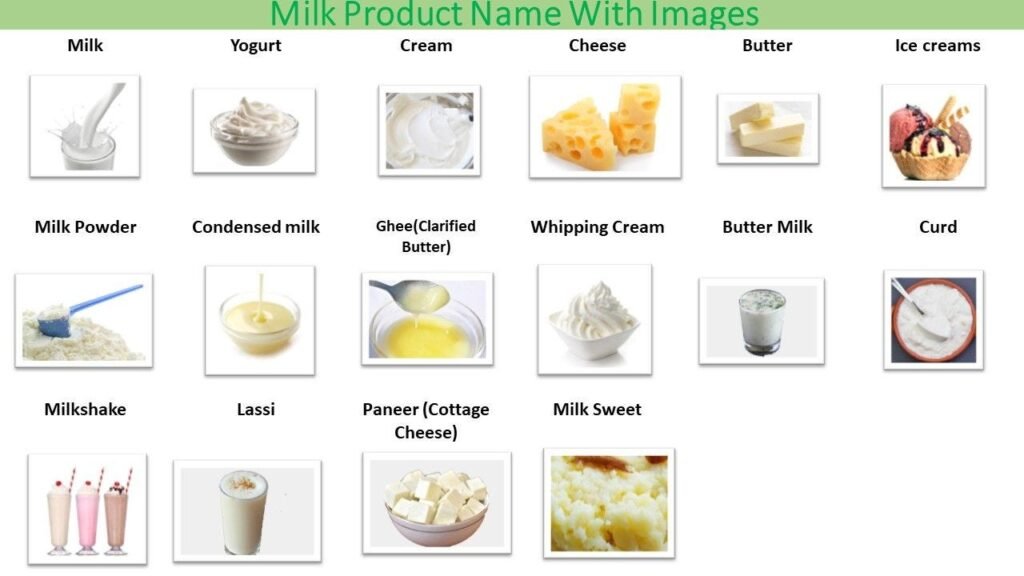
Those with lactose intolerance frequently encounter digestive discomfort, such as bloating, gas, and diarrhea, upon dairy consumption. Primarily, cow’s milk, goat’s milk, and sheep’s milk are to be avoided due to their lactose content. Additionally, products like cheese, yogurt, and ice cream should be abstained from.
Individuals adhering to a dairy-free regimen commonly turn to alternatives like almond milk, soy milk, coconut milk, or oat milk to continue relishing creamy textures in their preferred dishes.
2. Cheese
Cheese, a common dietary component, poses a significant challenge for individuals adhering to a dairy-free regimen due to its prevalent inclusion in various culinary contexts and dietary constraints.
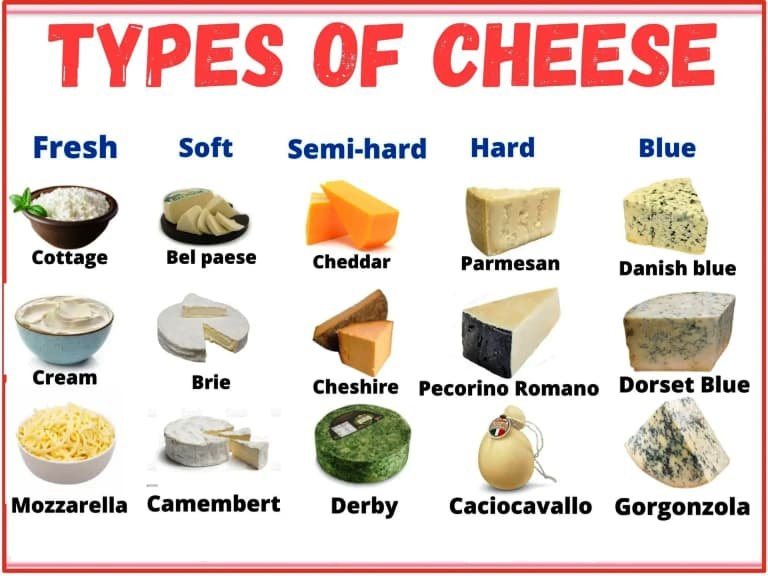
Certain varieties of cheese, such as camembert, blue cheese, and feta, should be avoided by individuals following a dairy-free diet as they are typically derived from cow’s milk. Fortunately, there exist numerous substitute ingredients that can effectively replace cheese in culinary preparations.
For instance, nutritional yeast offers a cheese-like flavor profile without the presence of dairy, while avocado can introduce a creamy consistency to dishes. Additionally, the incorporation of plant-based milk alternatives such as almond milk or cashew cream can serve to sustain the richness and palatability of dishes while upholding adherence to a dairy-free dietary regimen.
3. Butter and Cream
Dairy staples like butter and cream are frequently utilized in culinary practices, imparting richness, flavor, and texture to various dishes, thereby rendering them a favored choice among professional chefs and home cooks alike.

However, individuals adhering to a dairy-free dietary regimen must seek appropriate alternative ingredients to uphold their nutritional requirements.
In the absence of dairy products, individuals may opt for plant-based substitutes such as coconut oil, avocado, and nut-based creams. Coconut oil is versatile and can be effectively used in sautéing and baking applications, while avocado serves as a suitable replacement for butter in spreads or creamy sauces. Nut-based creams, namely almond or cashew cream, offer a velvety texture reminiscent of traditional dairy cream, making them well-suited for incorporation into soups, sauces, and desserts.
4. Yogurt
Yogurt, a widely-consumed dairy product, is incompatible with a dairy-free diet, thereby requiring individuals dedicated to maintaining a health-conscious lifestyle to make informed dietary decisions.
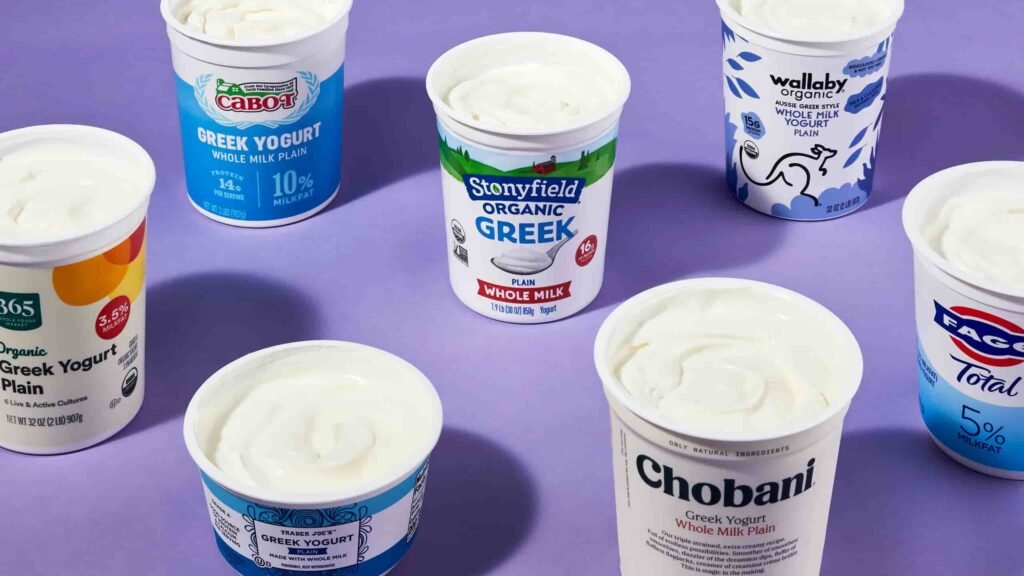
Individuals adhering to a dairy-free regimen have the option to partake in yogurt-like substitutes derived from ingredients such as almonds, coconut, or soy. These alternatives to traditional dairy yogurt offer comparable creamy textures and probiotic advantages, rendering them suitable for inclusion in daily dietary practices. Whether blended into smoothies, garnished with fresh fruits, or utilized as a foundation for savory dips, dairy-free yogurt presents itself as a versatile and nutrient-rich complement to a well-balanced, plant-centric dietary approach.
What Can You Eat on a Dairy-Free Diet?
A dietary regimen devoid of dairy products offers a diverse selection of nourishing and flavorful food choices.

This includes plant-based dietary alternatives and inventive dietary approaches that promote the creation of healthful recipes and optimal nutrition.
1. Plant-Based Milk Alternatives
Plant-based milk alternatives like almond milk, soy milk, and oat milk have gained popularity as lactose-free substitutes that offer essential nutrients and serve as sources of calcium. These alternatives present a diverse range of flavors, textures, and nutritional compositions. Almond milk, produced from ground almonds and water, is renowned for its delicate nutty flavor and low-calorie content. Soy milk, originating from soybeans, is high in protein and finds utility in coffee preparations and baking. Oat milk, crafted from oats and water, boasts a rich consistency and is particularly well-suited for creating frothy lattes.
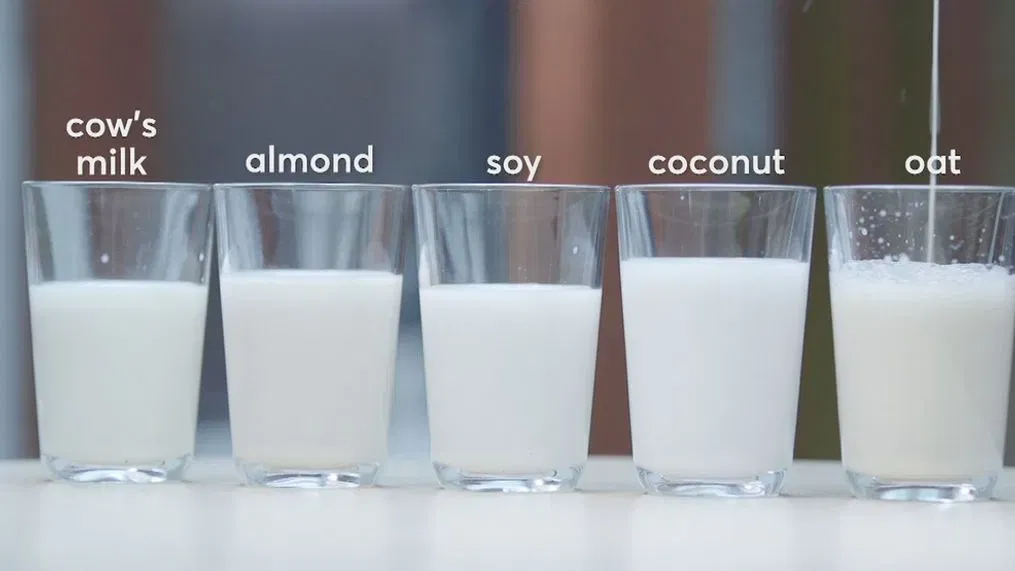
These plant-based milk options are versatile and can seamlessly replace conventional dairy milk in various applications such as beverages, cereals, smoothies, and culinary endeavors, thereby catering to a spectrum of dietary preferences. While individuals with lactose intolerance or dairy allergies may find these alternatives advantageous, it is crucial to select fortified varieties to ensure sufficient calcium intake.
2. Non-Dairy Cheese
Non-dairy cheese, crafted from ingredients such as cashews, almonds, or soy, presents a flavorful and nutritious dietary option for individuals adhering to a dairy-free or vegan regimen. These substitutes for traditional dairy cheese have garnered considerable favor due to their adaptability and nutritional profile.
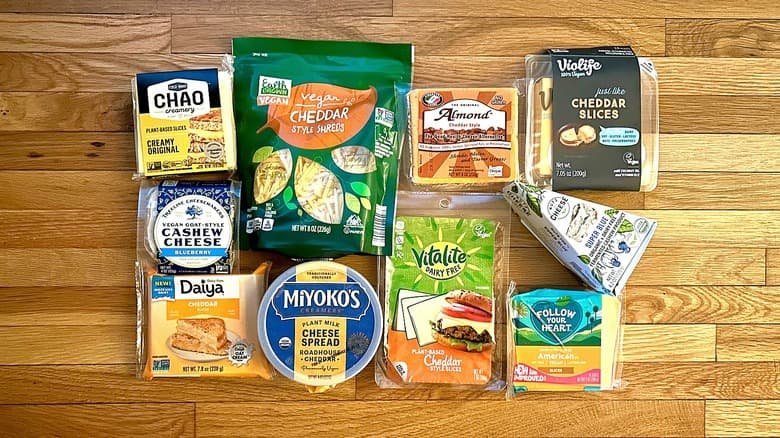
Recent advancements in plant-based technologies have expanded the array of non-dairy cheese offerings, encompassing varieties like cheddar, mozzarella, and cream cheese alternatives, thereby providing consumers with a diverse range of choices.

These plant-derived cheese products are frequently enriched with essential vitamins and minerals, rendering them a wholesome option for individuals seeking to diminish their dairy consumption. Integrating non-dairy cheese into daily culinary endeavors can be effortlessly achieved by incorporating them into sandwiches, pasta dishes, salads, or even atop a dairy-free pizza, delivering the same velvety texture and palatable sensation typically associated with conventional cheese.
3. Dairy-Free Butter and Cream Substitutes
Dairy-free butter and cream substitutes, such as coconut oil and cashew cream, serve as vital alternative ingredients for health-conscious individuals following a dairy-free dietary regimen. These substitutes not only accommodate individuals with dairy allergies or lactose intolerance but also introduce a diverse range of flavors and textures to enhance a variety of culinary creations.
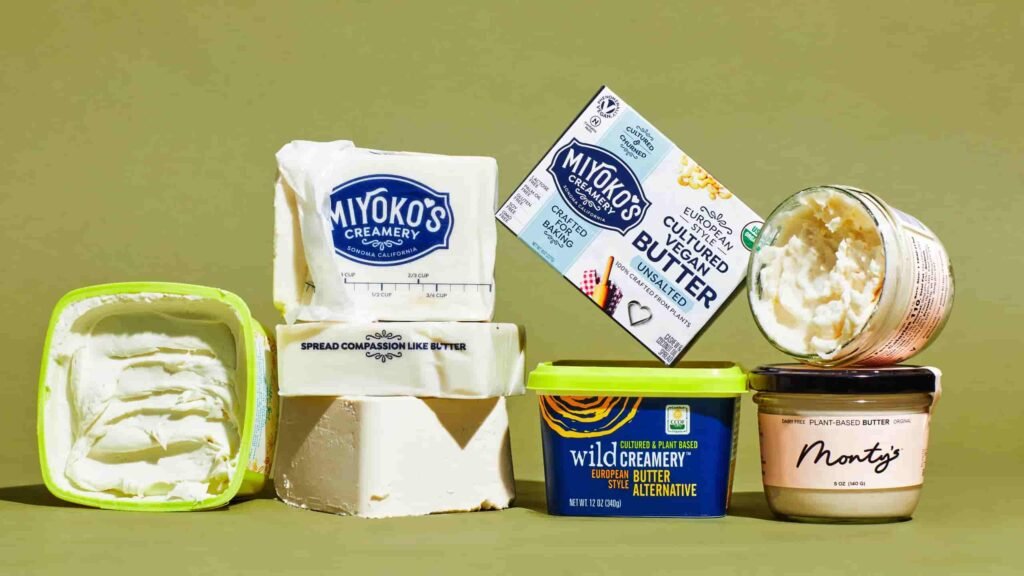
For example, coconut oil introduces a subtle tropical essence and creamy texture when incorporated into both cooking and baking processes. In contrast, cashew cream offers a luscious and velvety consistency, rendering it a versatile component for dairy-free preparations like sauces, soups, and desserts. When procuring these substitutes, it is advisable to select organic options that undergo minimal processing to ensure the retention of their maximum nutritional value. Check out our review for Diet That Precludes Grains And Dairy Crossword Clue.
4. Fruits and Vegetables
Fruits and vegetables inherently do not contain dairy products and are essential components of a balanced diet conducive to overall well-being.
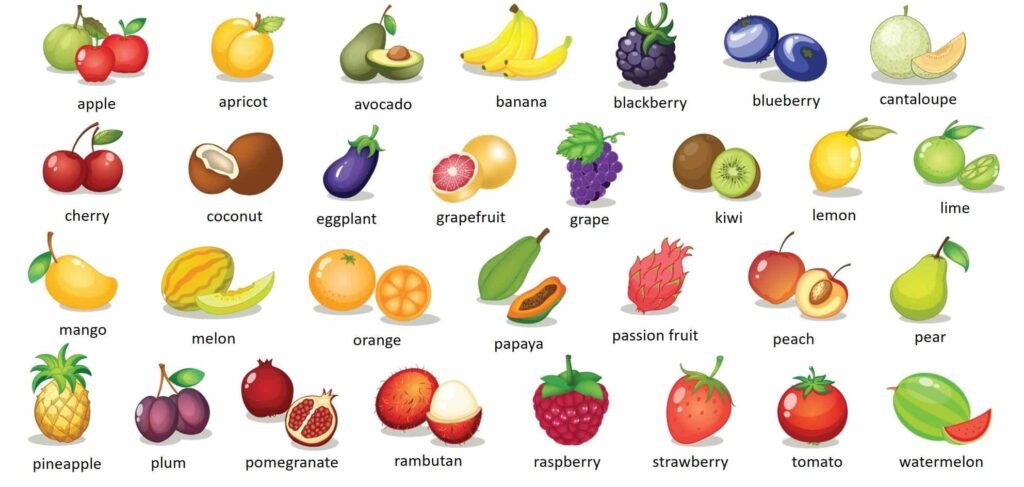
Including a diverse selection of colorful fruits and vegetables in one’s daily meals can markedly enhance the consumption of vital vitamins, minerals, and antioxidants. These nutrient-rich foods not only bolster the immune system and facilitate healthy digestion but also mitigate the likelihood of chronic conditions such as heart disease and specific forms of cancer. By integrating a variety of fruits and vegetables into one’s diet, individuals can ensure the receipt of a broad spectrum of nutrients crucial for maintaining optimum health and vitality.
What Are the Benefits of a Dairy-Free Diet?
Embracing a diet devoid of dairy products confers several health advantages, enhancing overall well-being and bolstering the pursuit of a healthy lifestyle. Choosing No Dairy Diet: What Are The Benefits?
1. Reduced Inflammation
One of the primary advantages of adhering to a dairy-free diet is the potential reduction in inflammation, which can significantly contribute to overall health and well-being.
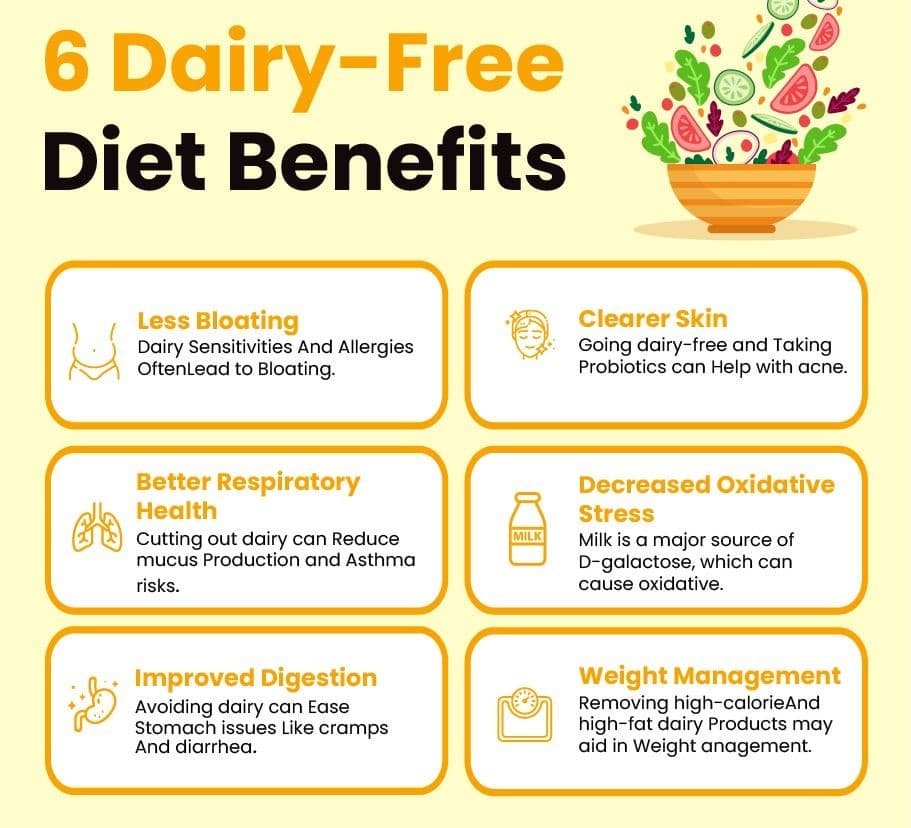
Studies have indicated that reducing dairy intake correlates with diminished levels of inflammatory markers within the body. Inflammation, while a natural defense mechanism of the immune system, can become chronic when triggered by factors like dairy consumption, potentially leading to a range of health complications. For individuals managing conditions such as arthritis, eliminating dairy from their diet may assist in alleviating symptoms such as joint pain and swelling.
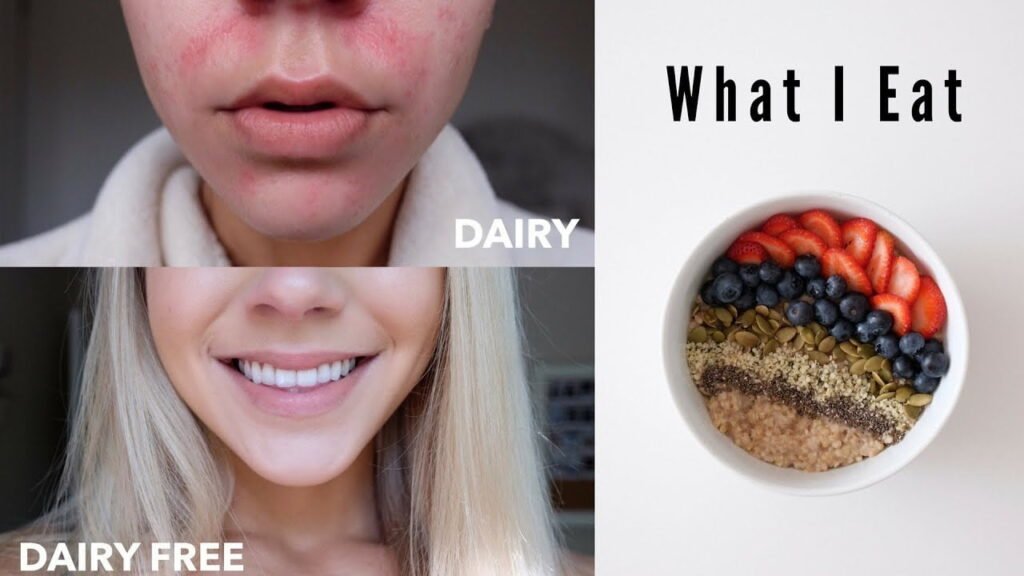
By selecting dairy alternatives that are rich in essential nutrients like calcium and vitamin D, such as fortified plant-based milk products, individuals can fulfill their dietary requirements while promoting a healthier inflammatory response within the body.
2. Improved Digestion
Enhanced digestion represents a significant health advantage associated with adhering to a dairy-free dietary regimen, particularly for individuals affected by lactose intolerance.
Eliminating dairy products from one’s diet can bring relief to individuals experiencing digestive discomforts such as bloating, gas, and diarrhea. Lactose, a sugar present in dairy items, can pose a challenge for certain individuals in terms of digestion, thereby leading to the manifestation of these unpleasant symptoms.
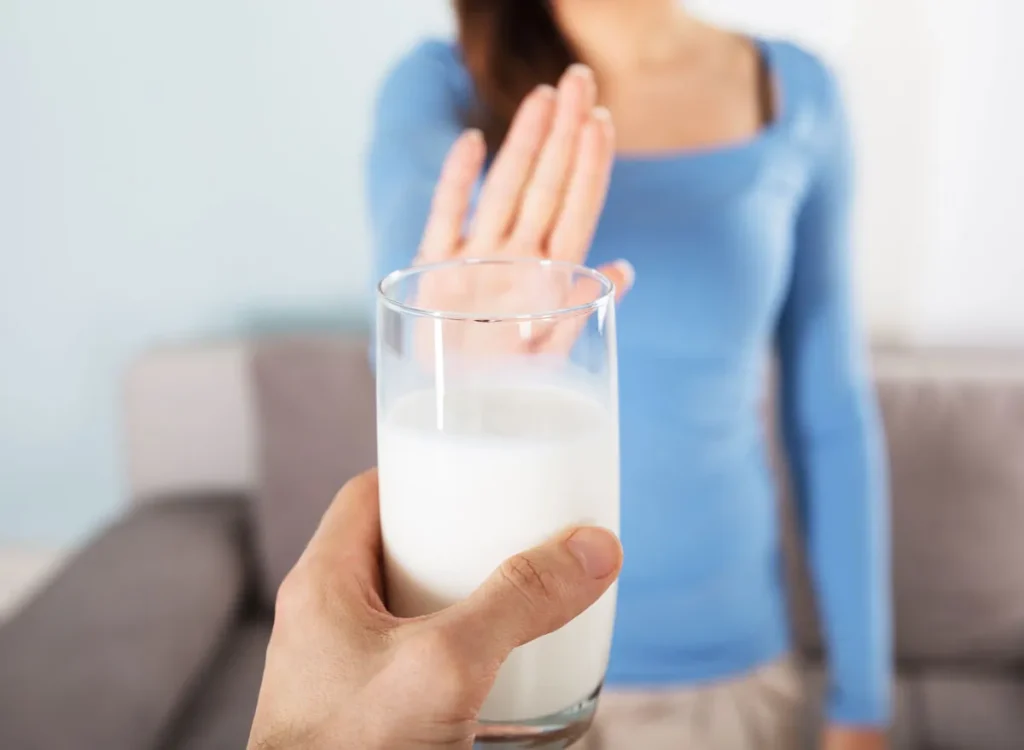
By selecting lactose-free substitutes like almond milk, coconut yogurt, or soy cheese, individuals can indulge in dairy-like delicacies while safeguarding their digestive well-being. The identification of suitable dairy replacements contributes to the preservation of gut equilibrium and the promotion of overall health.
3. Better Skin Health
A dairy-free diet frequently leads to enhanced skin health, which in turn contributes to a clearer complexion and overall well-being.

Individuals who experience challenges with acne or eczema may discover relief by excluding dairy products from their dietary intake. Various studies have indicated that dairy consumption can exacerbate these skin conditions due to the hormones and growth factors found in milk. By removing dairy from their diets, many individuals have reported substantial enhancements in their skin condition, such as reduced inflammation, fewer breakouts, and improved skin texture.
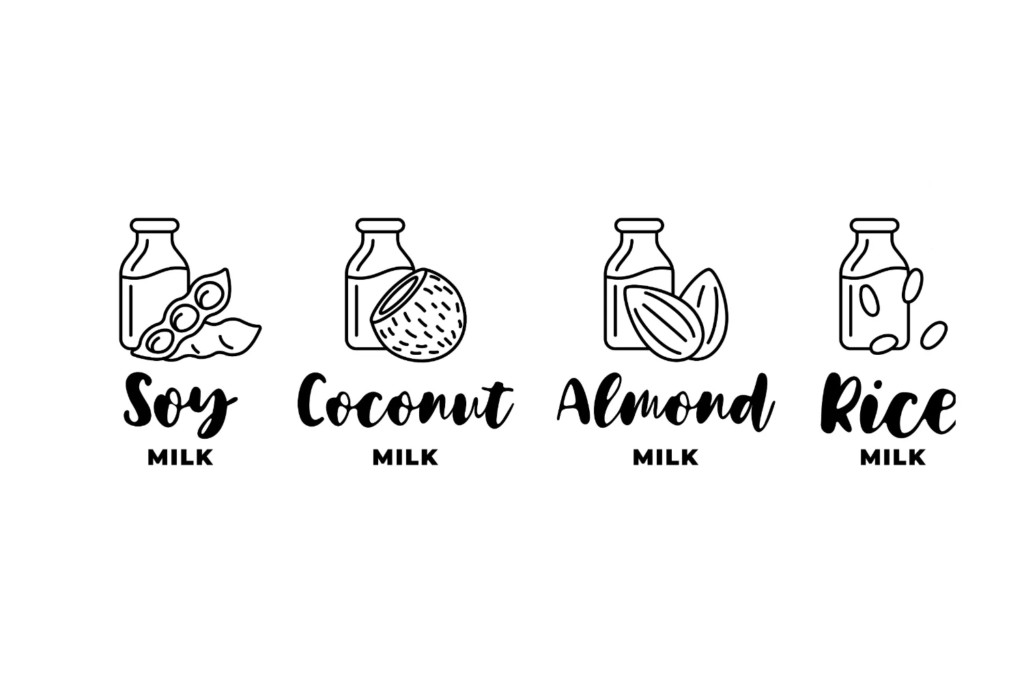
Furthermore, some individuals have shared personal anecdotes detailing how adopting a dairy-free diet has positively transformed their skin, resulting in increased self-assurance and an improved quality of life.
4. Weight Management
Weight management becomes more achievable when following a dairy-free diet, as individuals often make healthier dietary choices that support their overall wellness journey. By abstaining from high-calorie and high-fat dairy products, individuals can effectively decrease their overall calorie intake while still obtaining essential nutrients.

Dairy-free alternatives like almond milk, coconut yogurt, and cashew cheese provide nutritious substitutes without the excess calories. A dairy-free diet can result in a reduced consumption of saturated fats, which is advantageous for both heart health and weight regulation. This transition to plant-based alternatives can also enhance the intake of fiber and antioxidants, culminating in a well-rounded and balanced diet that facilitates weight loss and management. Check out our review for How Processed Foods Cause Weight Gain?
What Are the Risks of a Dairy-Free Diet?
Although a dairy-free dietary regimen offers numerous advantages, it is not without risks. These risks include potential nutrient deficiencies and additional dietary constraints that necessitate attentive management.
1. Nutrient Deficiencies
One of the primary concerns associated with adhering to a dairy-free diet is the heightened risk of nutrient deficiencies, particularly in essential elements such as calcium and vitamin D, which are commonly abundant in dairy products.
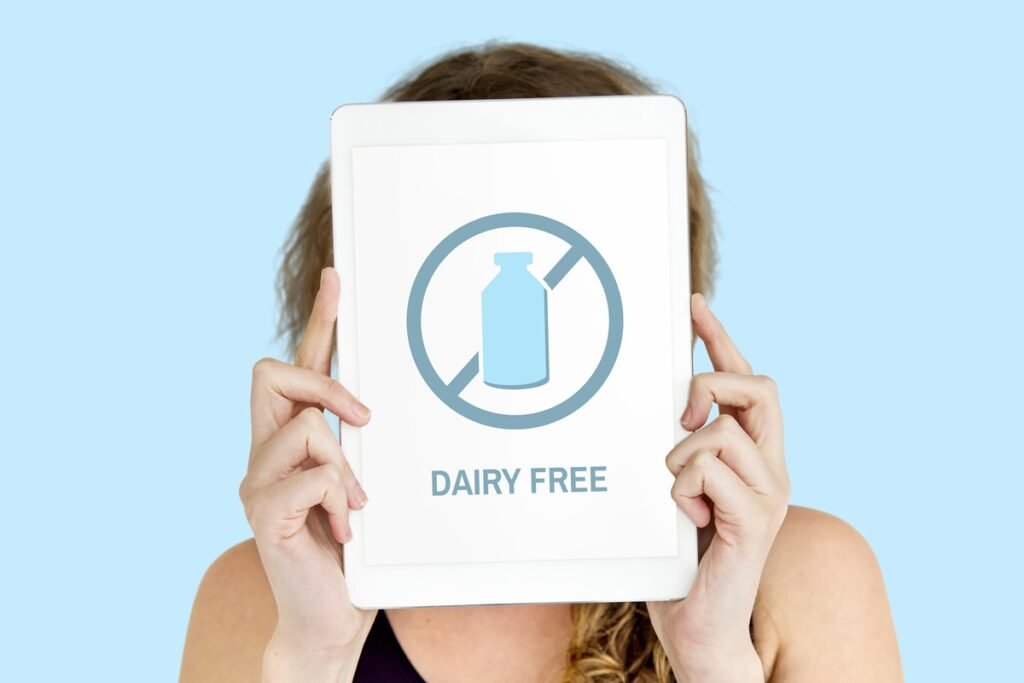
Although dairy items serve as significant sources of calcium and vitamin D, individuals following a dairy-free dietary regimen can ensure the fulfillment of their nutritional requirements by integrating alternative sources into their meals. Plant-based alternatives such as fortified plant milks, tofu, dark leafy greens, almonds, and sesame seeds offer sufficient quantities of calcium. Vitamin D can be acquired through exposure to sunlight, consumption of fortified foods like cereals and orange juice, or the use of supplements. The adoption of a well-structured dairy-free diet that incorporates a diverse range of nutrient-dense foods is imperative to avert deficiencies and sustain optimal health.
2. Limited Food Options
Adhering to a dairy-free diet may present challenges due to the prevalence of dairy products in conventional meals and snacks. This difficulty is particularly notable when dining out or seeking appropriate products in grocery stores. However, through ingenuity and strategic planning, individuals can broaden their food selections while maintaining a dairy-free regimen.

A beneficial approach involves prioritizing whole, unprocessed foods such as fruits, vegetables, nuts, seeds, and grains, all of which naturally lack dairy components. Additionally, exploring alternative dairy substitutes like almond milk, coconut yogurt, or cashew cheese can effectively mimic the flavors and textures found in traditional dairy offerings.
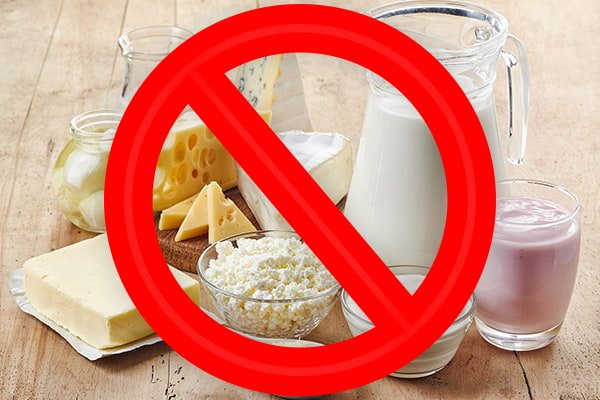
Central to success in maintaining a dairy-free lifestyle is effective meal planning. By preparing nutritious and fulfilling options in advance, individuals can ensure the availability of suitable choices, thereby facilitating adherence to their dairy-free dietary objectives. Check out our review for Tea and Weight Loss: Deciphering the Real Impact on Your Health.
3. Higher Cost
A diet that excludes dairy products may incur higher expenses as a result of the elevated costs associated with specialized dairy-free items and alternative ingredients. To address these financial considerations while upholding health-conscious dietary preferences, there exist strategic approaches that can be implemented.
One such effective method involves procuring plant-based milk and dairy-free cheese in large quantities or capitalizing on promotional discounts to benefit from reduced pricing. Additionally, the option of preparing homemade dairy substitutes, such as nut milks or cheeses derived from cashews, may offer a more cost-effective alternative compared to commercially available varieties.

Engaging in meal planning in advance and selecting seasonal fruits and vegetables can further contribute to cost savings in grocery expenditures while adhering to a dairy-free regimen.
How to Follow a Dairy-Free Diet?
Achieving adherence to a dairy-free diet necessitates meticulous meal preparation, comprehension of dietary inclinations, and integration of nutritious recipes tailored to meet individual nutritional requirements.
| Tip | Description |
|---|---|
| 1. Read Labels Carefully | Carefully check labels to detect hidden dairy ingredients and ensure dietary needs are met. Look for terms like whey, casein, and lactose. Be cautious of less obvious ingredients such as ghee, margarine, and specific flavorings. |
| 2. Plan Meals Ahead | Plan meals in advance to avoid accidental dairy consumption and ensure a nutritious diet. Create shopping lists with whole foods like fruits, vegetables, grains, legumes, and dairy substitutes. Prepare meals ahead to save time and maintain adherence. |
| 3. Experiment with Dairy-Free Recipes | Explore various dairy-free recipes to enhance enjoyment and discover new options. Try dishes like creamy cashew Alfredo pasta, coconut milk chia pudding, or vegan mac and cheese. Use resources like Pinterest, food blogs, or specialized cookbooks for inspiration. |
| 4. Consult a Nutritionist | Seek advice from a nutritionist for personalized support. They can help address potential nutrient deficiencies, create a balanced meal plan, and manage any food intolerances or allergies related to dairy, ensuring overall well-being. |
Frequently Asked Questions
What is a diet that avoids dairy?
A diet that avoids dairy is a type of eating plan that excludes all dairy products, including milk, cheese, yogurt, and butter. This diet is typically followed by individuals who are lactose intolerant or have milk allergies.
What are some foods to avoid on a diet that avoids dairy?
You should avoid all dairy products, including milk, cheese, butter, and yogurt. You should also avoid any foods that contain dairy as an ingredient, such as baked goods, processed foods, and sauces.
What are some alternatives to dairy on this diet?
There are many alternatives to dairy that you can incorporate into your diet, such as plant-based milk (almond, soy, coconut), nut-based cheeses, and dairy-free yogurt made from coconut or almond milk.
Is a diet that avoids dairy suitable for everyone?
No, a diet that avoids dairy is typically only recommended for individuals who are lactose intolerant or have milk allergies. Dairy products are a good source of calcium, so if you are not able to consume dairy, you may need to find other sources to meet your calcium needs.
Can a diet that avoids dairy still provide enough nutrients?
Yes, a well-planned diet that avoids dairy can still provide all the necessary nutrients, including calcium, protein, and vitamins. However, it is important to consult with a healthcare professional or registered dietitian to ensure you are meeting your nutrient needs.
Are there any potential drawbacks to following a diet that avoids dairy?
One potential drawback of a diet that avoids dairy is that it may be more difficult to meet your calcium needs, which can increase your risk of developing osteoporosis. Additionally, some dairy alternatives may be higher in calories and saturated fat, so it is important to choose healthy options and monitor your overall intake.